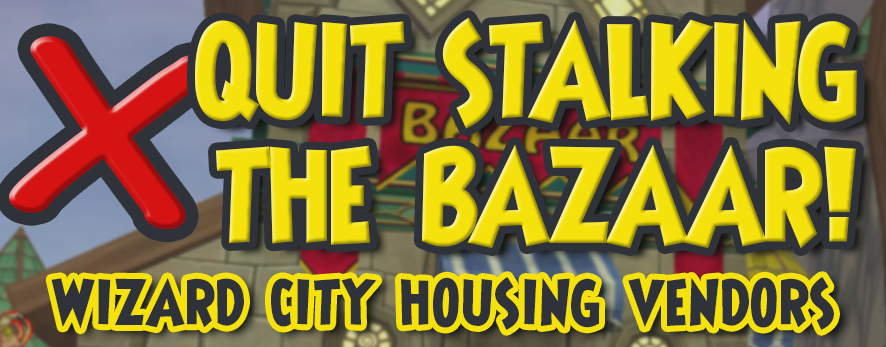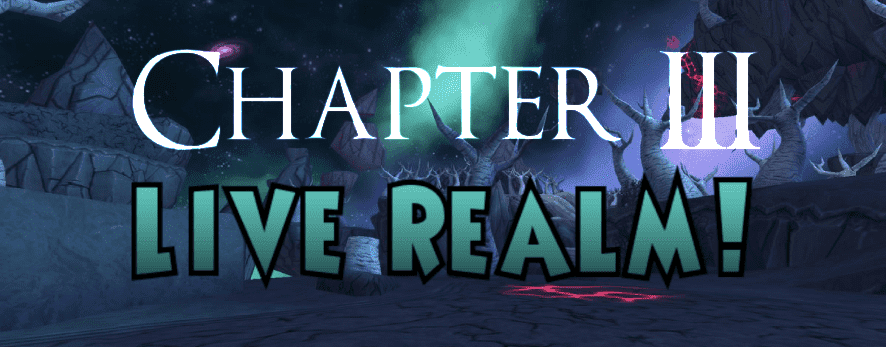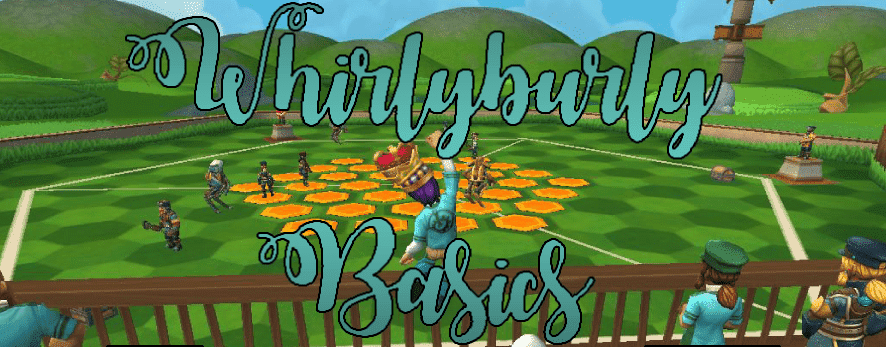Tag: Game
-
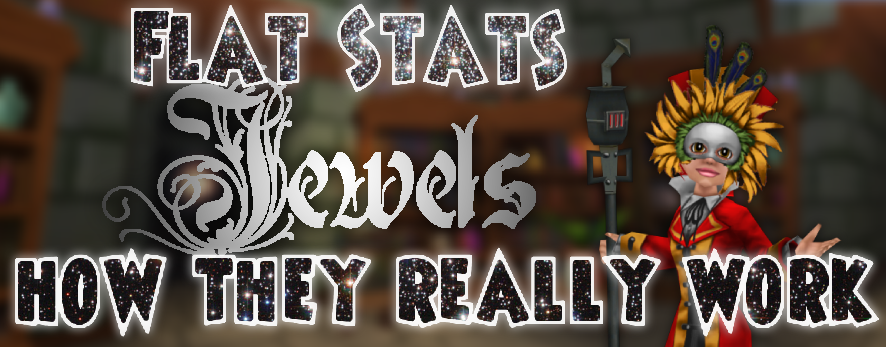
Flat Stat Jewels101
•
The Misconception Flat jewels are a misinterpreted stat for Wizard101. They have been since the beginning of the Spiral’s time. In fact, most players get rid of these jewels thinking they have no value. But it’s not true! I’ve used them since their introduction into the game. Many of my…
-
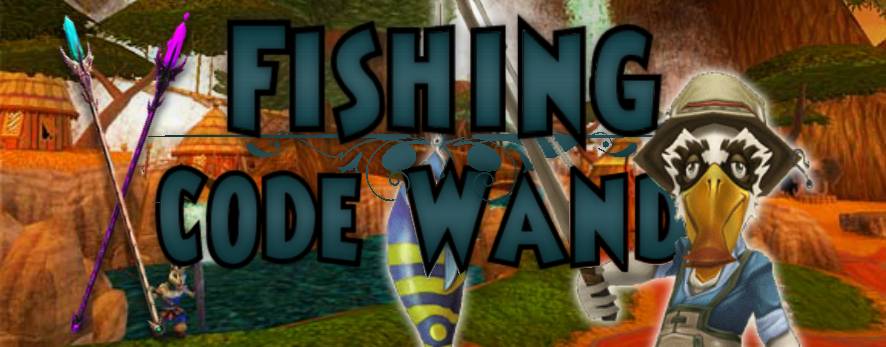
Fishing: Code Wands
•
After the Zafarian fish were updated, chests containing precious code wands that don’t exist anymore as drops from bosses. The code wands are found in various lakes in Zafaria, but let’s focus on a single area in Zafaria that is well known as Elephant Graveyard. Location Zafaria In order: Baobab…
-
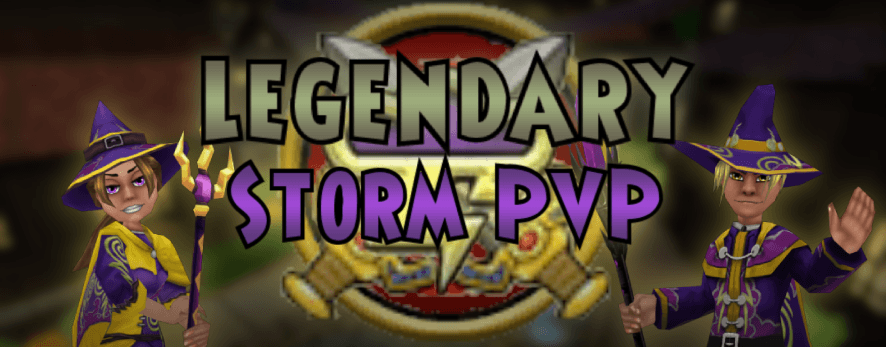
Legendary Storm PvP
•
Hello, and welcome to Legendary Storm PvP. I know, shocking. Why Legendary Storm PvP you may ask? When I was playing Wizard101, back when PvP was popular among my friends, we all liked Legendary PvP. The not so high stats, the no use of shadow pips, the little grind we…
-
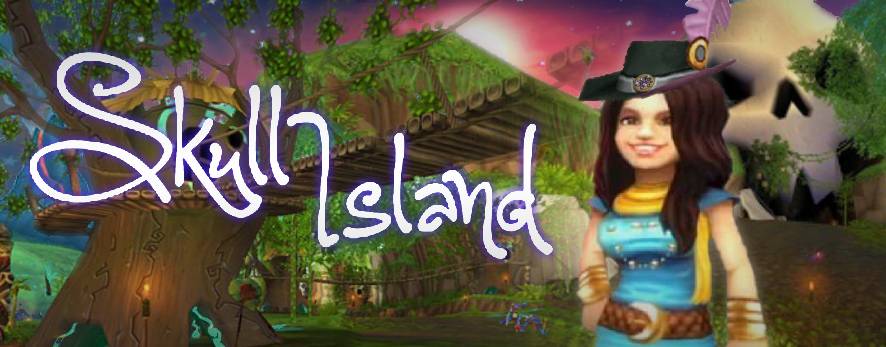
Skull Island’s Tavern Band
•
Somewhere in the Spiral, there’s a refuge for young pirates, orphaned when young who have turned to a life of crime. Marked by skull-shaped mountain, there is danger and treasure lurking all throughout the island region. Whether it’s hoodoo, dueling, brawling, treason, or smuggling, pirates ally with Captain Avery for…
-
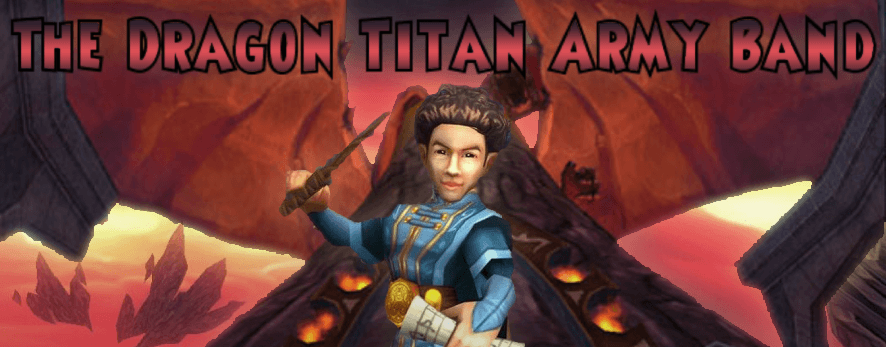
The Dragon Titan Army Band
•
Intended for Musician and Non-Musician Alike “Things started turning darker. Kingsisle were talking about dark and epic Mordor Wagner ‘Flight of The Valkyries’ in The Ring Cycle. I am looking at concept art and the NPC characters had Russian military influence; All the architecture was darker – more foreboding.” –…
-
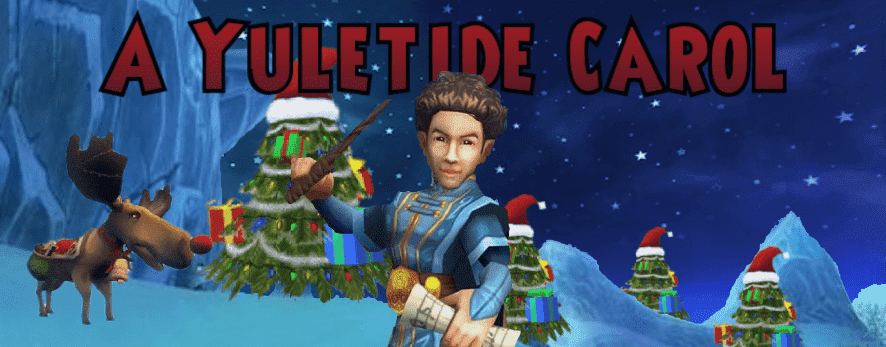
A Yuletide Carol
•
Intended for Musician and Non-Musician Alike It’s beginning to look a lot like Christmas, everywhere in the spiral. We sit by the glowing embers, drinking our hot chocolate, cuddling with our fuzzy kitten, when ho! – there’s Christmas music in the Bazaar! You run by the great tree near The…
-
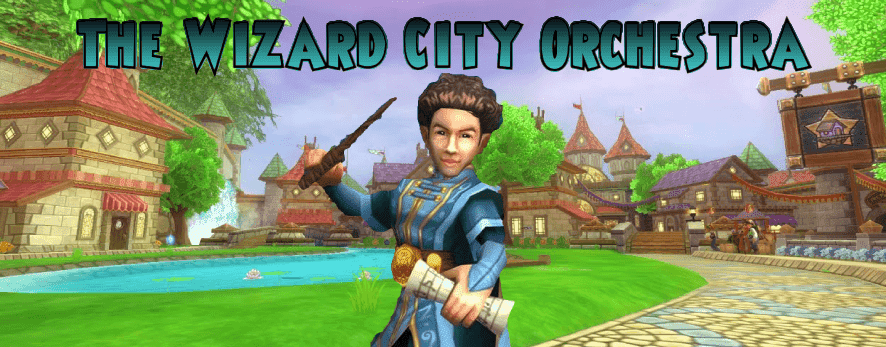
The WizardCity Orchestra
•
Intended for Musician and Non-Musician Alike Wizard City, founded by Merle Ambrose, composed by Nelson Everhart, has an unexplainable joy located in the centre of the world that is uniquely magical. As we cross the line from magic to music, we will analyze through this guide the music that aids the…
